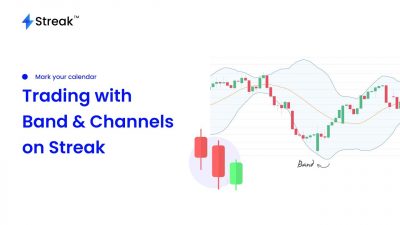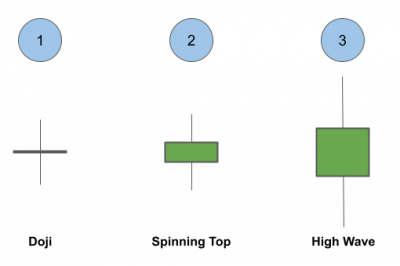“The trend is your friend except at the end when it bends.” – Ed Seykota
This remark from a highly famous commodities trader, Ed Seykota, reminds us that it is vital not only to detect a trend but also to recognize its culmination.
Stock trends are similar to other types of trends we encounter. So let’s start with the definition from the Cambridge Dictionary:
‘A general development in a situation or in the way that people behave’
While it is a broad term, it is fully applicable to the setting of financial markets. Stock movements are influenced by the actions of market players.
What is a trend?
A trend is established when there is a unidirectional general move in the price of a stock. When supply and demand are heavily skewed to one side, trends emerge. Their formation can be due to economic, geopolitical, liquidity in the market, and other fundamental and technical causes. We may think of these factors as forces, and it is the interplay of these forces that pulls or pushes the stock price in one direction or another.
Uptrend V/s Downtrend:
How to identify trend using Indicators?
A trend has two characteristics, strength and direction. Different indicators can help us identify both of them. First we will see how we can identify if at all there is a trend in the stock (Strength) and then we will look at the direction component.
We are going to follow a two step process over here.
Step 1) Identifying Presence of a trend and its strength
ADX is a very popular indicator that we will be using at this step.
Step 2) Identifying the direction of the trend
We can use various popular trend following indicators to identify the direction of the trend.
Once we learn about them, we will use the knowledge to practically create a strategy using these two steps on the Streak Platform.
Step 1) Identifying Presence of a trend and its strength using the ADX Indicator:
The ADX indicator is made up of three lines. The three lines are: the ADX line, the +DI line, and the -DI line. The +DI line represents bullish strength, while the -DI line represents bearish strength. The smoothed averages of the difference between +DI and -DI are used to calculate the Average Directional Index (ADX). The DI lines can also be used to determine the trend’s direction. A bullishness is indicated by the +DI line crossing above the -DI line, and vice versa.
However, in this step, we will just discuss the ADX line since we want to determine the presence and intensity of the trend.
The ADX indicator has a range of 0 to 100. According to the indicator’s creator, Wilder, a strong trend exists when ADX is over 25 and no trend exists when ADX is below 20.
The stronger the trend, the higher the ADX value. Traders can also look at the ADX indicator’s direction. A rising ADX line suggests that the trend is gaining traction. A constantly dropping ADX line, on the other hand, suggests that the trend is deteriorating.
Step 2) Identifying the direction
There are various trend following indicators that may be utilized to determine the trend’s direction. However, we will focus on the Aroon Indicator in this article. This indicator is made up of an Aroon Up Line and an Aroon Down Line. The up line counts the number of periods since a high, and the down line counts the number of periods since a low. The indicator is generally applied to 25 periods of data, thus it shows how many periods have passed since a 25-period high or low.
We can identify the trend using the two lines. When the Up line is above the down line, it indicates a bullishness and vice-versa. I have already written an article on Top 5 trend following indicators and I would recommend that you go through it : http://35.200.218.105/5-must-know-trend-following-indicators.
Creating a Strategy:
In this section, we are going to create a sample strategy using all that we have learnt in this article. We will be using the concepts of the ADX and the Aroon Indicators. So lets have a look at the entry and exit conditions :
Entry:
BUY when ADX(14,0) higher than 25 and ADX(14,0) higher than ADX(14,-5)
[ADX is indicating a good trend by being higher than 25 and the current value of ADX (0) is higher than the ADX (-5) value 5 candles ago, indicating a rising ADX line]
AND
Aroon up(14,0) crosses above Aroon down(14,0)
[The trend has just turned in favor of the bulls]
Exit:
SELL at stop loss of 1% or target profit of 3%
Now lets see how we can create and backtest the strategy on the Streak Platform:
Conclusion:
A trend is established when there is a unidirectional general move in the price of a stock. When supply and demand are heavily skewed to one side, trends emerge. It has two characteristics, strength and direction. Different indicators can help us identify both of them. These indicators can be combined together to create strategies to capture trends on the Streak platform.
Disclaimer: The information provided is solely for educational purposes and does not constitute a recommendation to buy, sell, or otherwise deal in investments.









